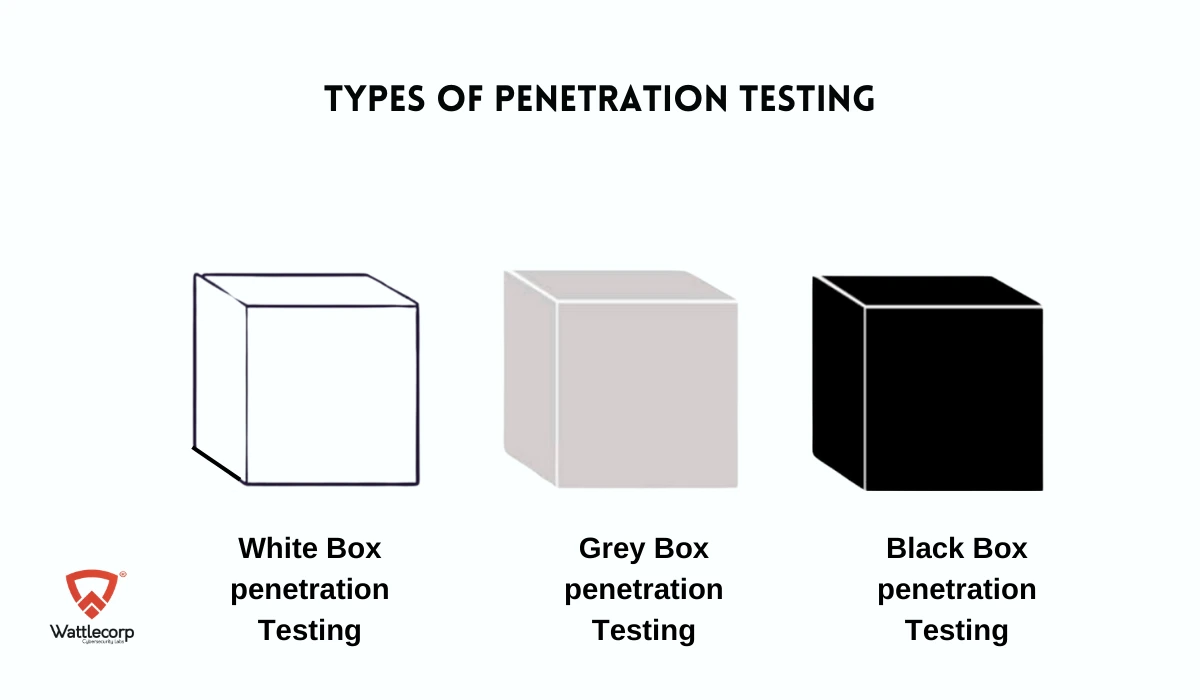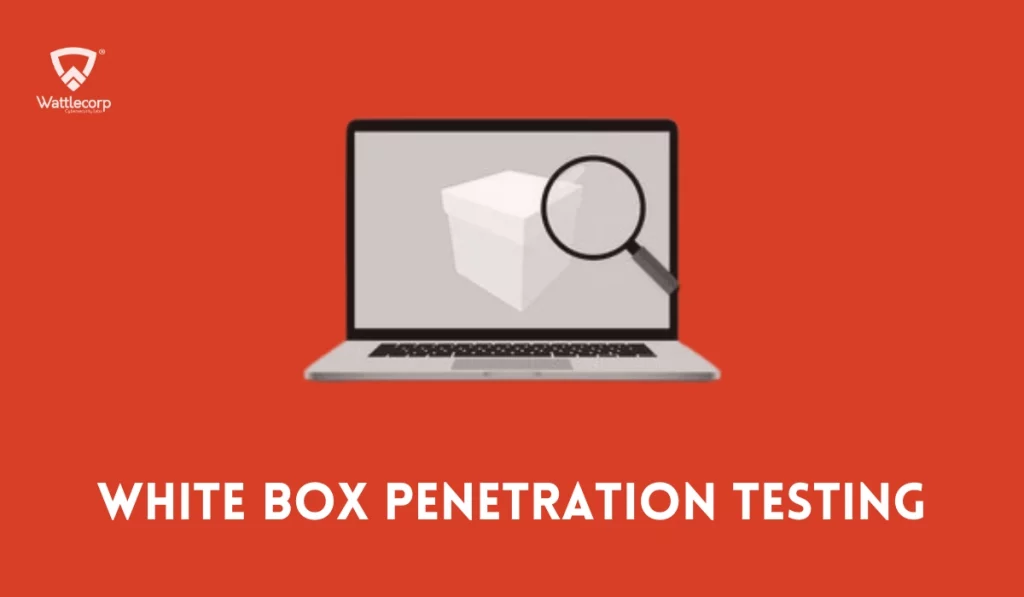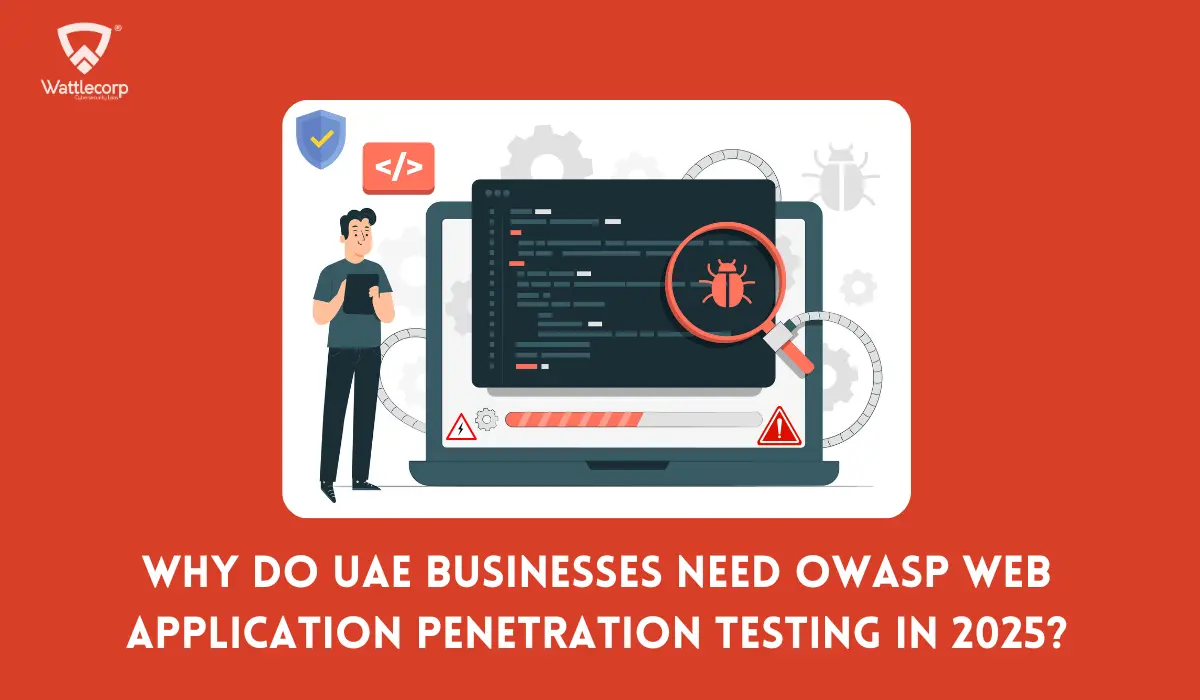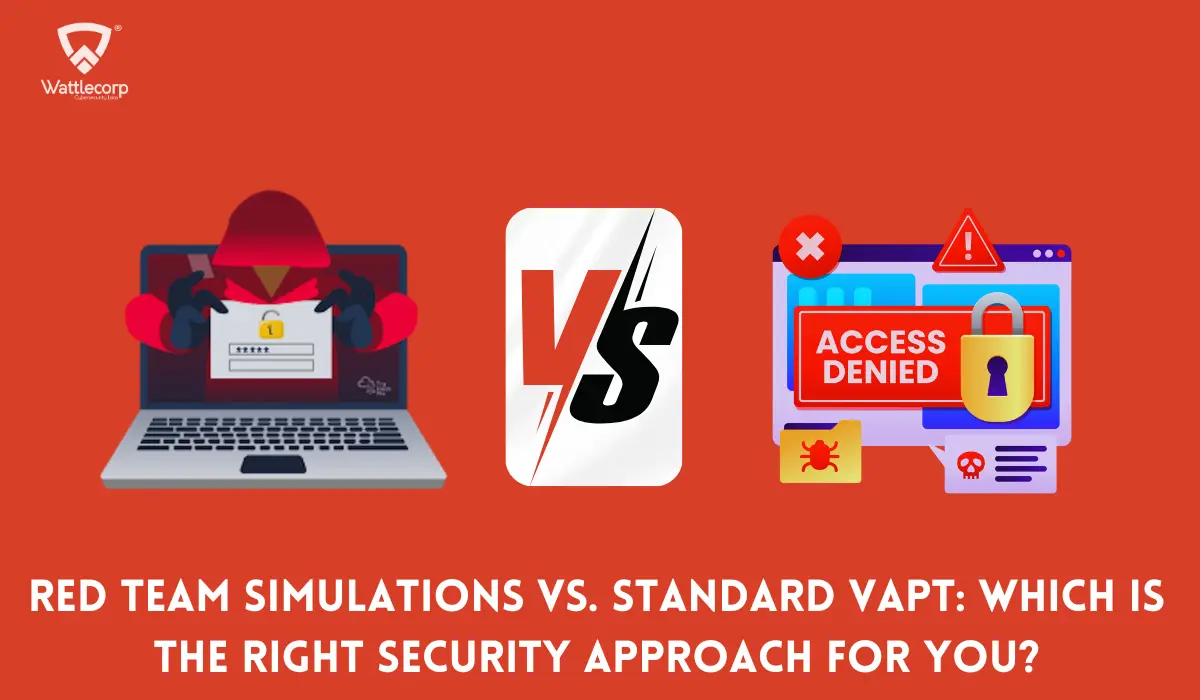With the advanced techniques available cyber attacks can form all ends, and having an insecure development practice can make your system more susceptible. Identifying and rectifying vulnerabilities prior to introducing the software to users is important, this is where white box penetration testing stands out.
Here pen testers are very well informed about the intricate internal structure of the system and once they simulate the hacker’s action testers can determine the potential vulnerabilities. Let’s explore white box penetration testing in detail.
Key Takeaways
- White box penetration testing requires complete knowledge about the system or software ensuring that there are no hidden areas the test won’t cover.
- White box testing is mostly carried out in the early developmental stage of software to ensure the system is flawless before they are launched for public use.
- From reviewing the source code to finally compiling the report white box testing steps are carried out with the help of 3 techniques Statement Coverage, Branch Coverage, and Path Coverage.
Table of Contents
Toggle- What is White Box Penetration Testing?
- Advantages of White Box Penetration Testing
- Differences between White Box, Black Box, and Grey Box Penetration Testing
- White Box Penetration Testing Techniques
- What Are the Steps In White Penetration Testing?
- Disadvantages of Whitebox Penetration Testing
- Frequently Asked Questions
What is White Box Penetration Testing?
White box penetration testing is a type of penetration testing in which the tester is given complete access to the software and internal structure of the system. Here the tester follows the path of a hacker and detects potential vulnerabilities to understand the effectiveness of a security system.

This test is mostly carried out in critical parts of the system which catalogs data. For this extensive analysis of internal structure and full coverage of source code is required, in such cases white box penetration testing is more effective. Hence they are convenient for companies that develop their software or integrate multiple applications.
It is implemented in organizations such as banks and the military, where there is more focus on security for finding external and internal vulnerabilities that are often exploited by hackers.
Advantages of White Box Penetration Testing
Let’s explore the advantages of this security assessment.
- During the software development, developers can leverage white box penetration testing before submitting the final version. This can help developers identify potential vulnerabilities as code errors and make necessary changes.
- It provides a comprehensive analysis of internal and external vulnerabilities, which is not offered by many other security assessments
- Unlike black box testing, white box penetration testing can detect weaknesses in source code, design, and logic. Thus detecting vulnerabilities at an early stage of app/ software development.
- As the tester is given complete access to the internal structure of the system they can precisely locate the vulnerabilities and any other security gaps
- Since the testers are informed well about the software they can easily navigate the system and can quickly identify potential vulnerabilities
Differences between White Box, Black Box, and Grey Box Penetration Testing
There are many security assessment methods to detect potential vulnerabilities some of them are black box, grey box, and white box penetration testing.
| FEATURES | WHITE BOX PENETRATION TESTING | BLACK BOX PENETRATION TESTING | GREY BOX PENETRATION TESTING |
| Knowledge required | Requires complete access and knowledge about the system’s internal structure, codebase, and organizational infrastructure. | Information regarding the software and its internal structure is not necessary. The penetration tester has no prior knowledge of the software. | Only requires a basic understanding of the infrastructure of the software, architecture, and base code. |
| Some standard techniques used | Path testing, Branch testing, Statement coverage, etc | Equivalence partitioning, Boundary value analysis, Graph-Based testing, etc | Matrix testing, Regression testing, Pattern testing, Orthogonal array testing, etc |
| When the tests are performed | To precisely locate any vulnerabilities. To analyze codes, design, and architecture of the software. | To assess the response of an attacker, to analyze the overall security, and to simulate external threats | To do targeted testing and to get a deeper insight. |
| Programming knowledge required | Requires a higher level of understanding of programming language | No syntactic knowledge of the programming language is necessary | Requires some understanding of the programming language |
| Executed by | Only the internal development team of the organization performs the tests, developers are fully involved in the process. | Performed by developers testers and user groups. | Carried out by testers and developers who can be part of third-party services |
White Box Penetration Testing Techniques
The primary objective of white box penetration testing is to review the source code completely to detect any potential vulnerabilities. This is carried out with the help of 3 techniques: Statement Coverage, branch coverage, and path coverage.

1. Path Coverage
The path can be defined as the flow of execution to reach a particular location in the program by following the set of instructions. In path coverage, all possible paths are covered from start to finish to understand if any paths are crossed. Hence path coverage is more effective than branch coverage.
2. Statement Coverage
Statements are functionalities or programming building blocks upon which the program is run. An executable statement is when a statement is transferred to object code and executes the action. This detects unfinished codes and missing branches to ensure the program is logically correct. This technique helps to check if each functionality is tested at least once.
3. Branch Coverage
A branch is the path the code follows after decoding a decision statement. Branch coverage ensures that each branch code is tested. It ensures that all branch codes are properly executed and none of them lead to any flawed actions.
What Are the Steps In White Penetration Testing?
- Reviewing source code
This is the planning and preparation stage where the tester gathers more information about the internal structure and base code of the software or system. Testers review the source code to understand how the software works and to detect any possible weaknesses.
- Select the area for the test
In the source code review process, the tester needs to select the area for the test. As the tests are run code by code selecting a small area is more feasible than exploring a larger area. Covering a large area will require more effort, labor, time, and resources, hence such coverage is only recommended when necessary.
- White Box Vulnerability Scanning
With tools like Nmap, testers scan for vulnerabilities to gather more information about the system and its weaknesses. Scanning provides more information regarding operating systems, running software, and potential vulnerabilities.
- Identification
This stage focuses on visually mapping the code execution by:
- Identifying the functionalities of a system that the tester wants to test
- Creating flow charts to specify the flow of code execution, processing stages, and output results
- Tracing the output of each code segment in the flow chat and documenting them
Also Read: What is Black Box Penetration Testing
- Writing test cases
Writing test cases includes designing identified code segments and functionalities. Every step of the test case is written to include boundary testing, attack scenario simulations, and recording of testing outcomes and address vulnerabilities.
- Execute testing
At this stage testers rigorously conduct tests according to the schedule, documenting all the findings and checking for vulnerabilities.
- Putting your plan into action
- Executing each test case and run down your plans accordingly
- Continuous testing until every part of the system is thoroughly examined, leaving no errors behind
- Reporting
Gathering all the details, including the identified vulnerabilities, test results, the impact of the vulnerabilities, and remedies recommended for them, is all reported.
Disadvantages of Whitebox Penetration Testing
- Since a large quantity of data is available at their fingertips testers often take more time to draw out a conclusion
- The techniques and tools help to do an extensive analysis of the system it can be chaotic and can be impossible to complete
- Information at hand can overwhelm testers
- With the availability of extensive system details testers can often focus on particular vulnerabilities known to them resulting in a bias where certain other weak points are ignored, through which hackers can penetrate the system
White box penetration testing is a kind of risk assessment that requires complete knowledge of system infrastructure and helps to simulate a targeted attack on a system using as many possible vectors of attack.
Discover the many options for securing your system, to learn more about cyber security and penetration testing, check out Wattlecorp’s services.
Frequently Asked Questions
1. What is the difference between white box and black box security testing?
In the white box penetration testing it is necessary to have information about the software, so the tester is aware of the internal structure of the system. In the black box testing it is not mandatory to know about the software, hence the tester doesn’t know much about the internal structure.
2. What kind of information is typically provided to the tester in a white box penetration test?
The tester should have access to source code and should be provided with information regarding design specifications, and security policies that will help the tester understand the internal makeup of the system. Access to such information can help testers come up with an in-depth analysis of potential vulnerabilities and any programming errors.
3. Is white box penetration testing more effective than black box or grey box testing?
Each penetration test requires different levels of software knowledge to test, the effectiveness of the test depends on the security assessment you need. Since white box techniques review source code this helps to provide a comprehensive analysis of internal and external vulnerabilities, hence, white box penetration testing is the best option







